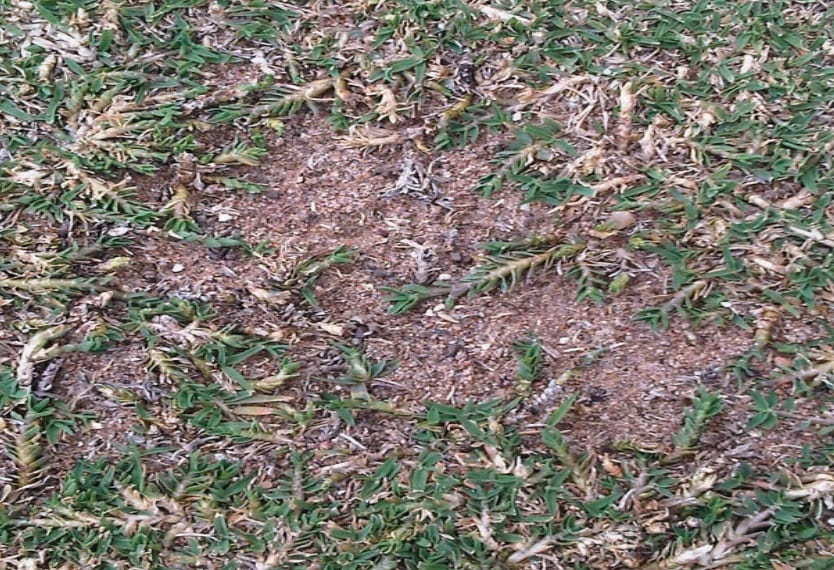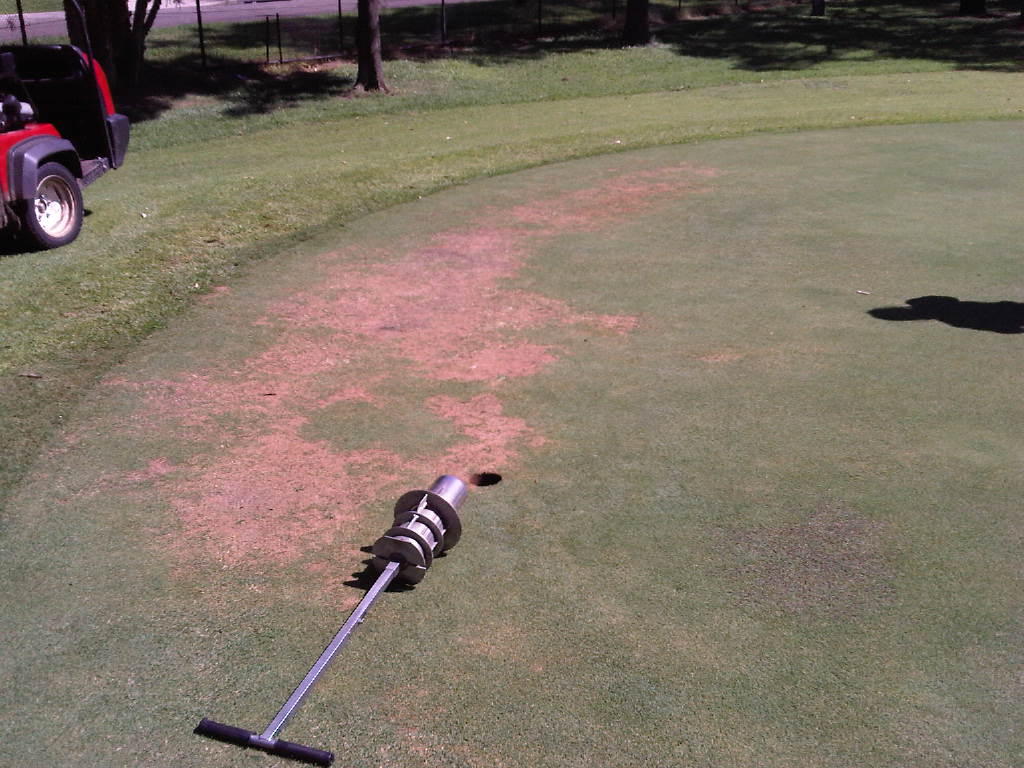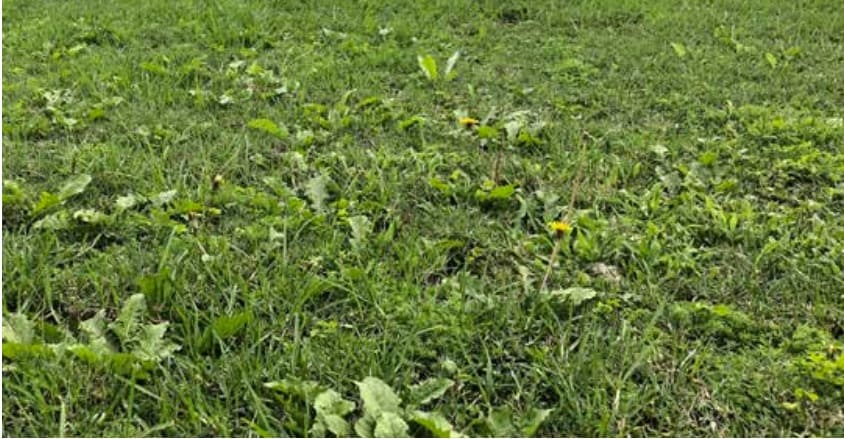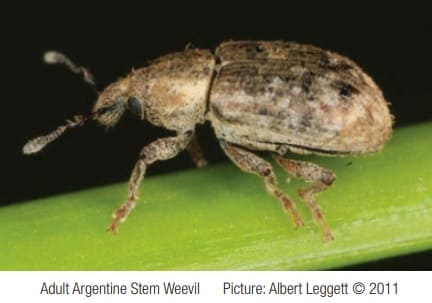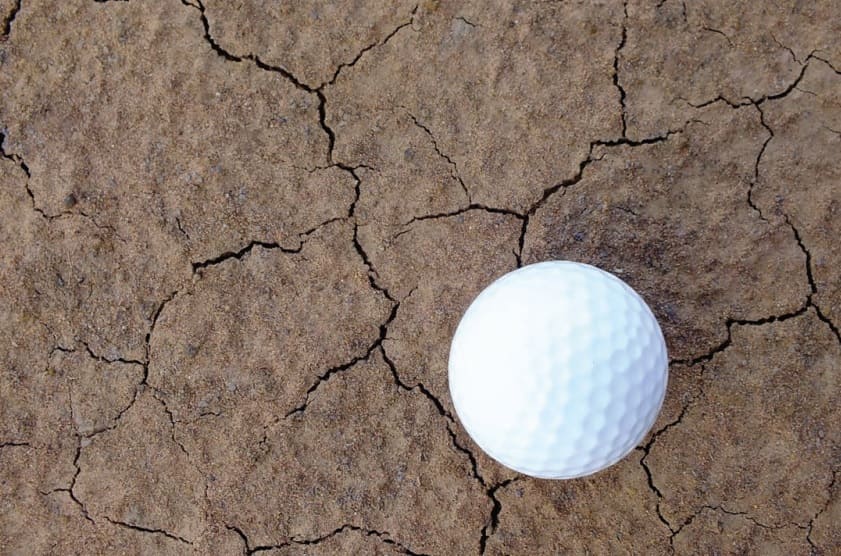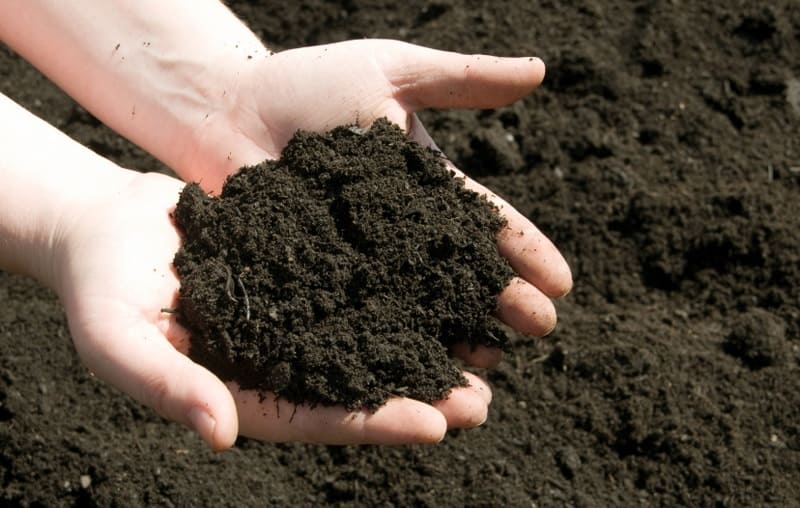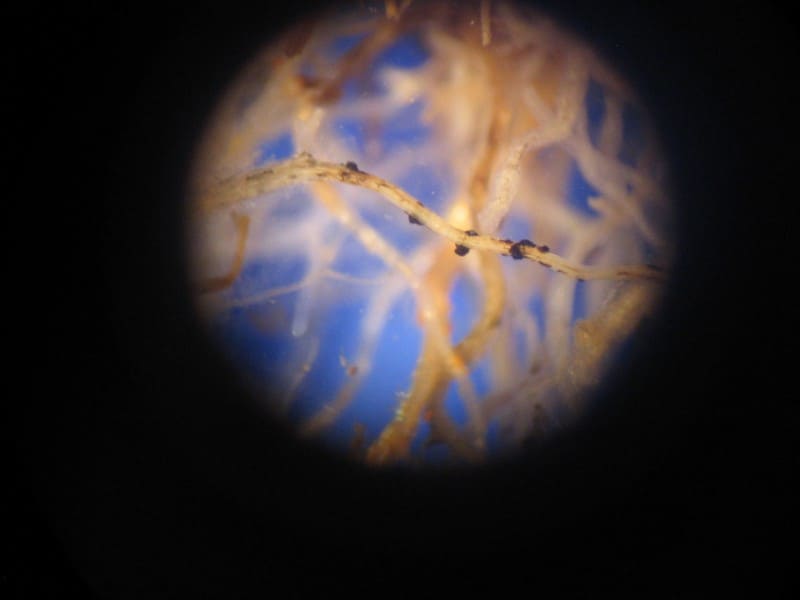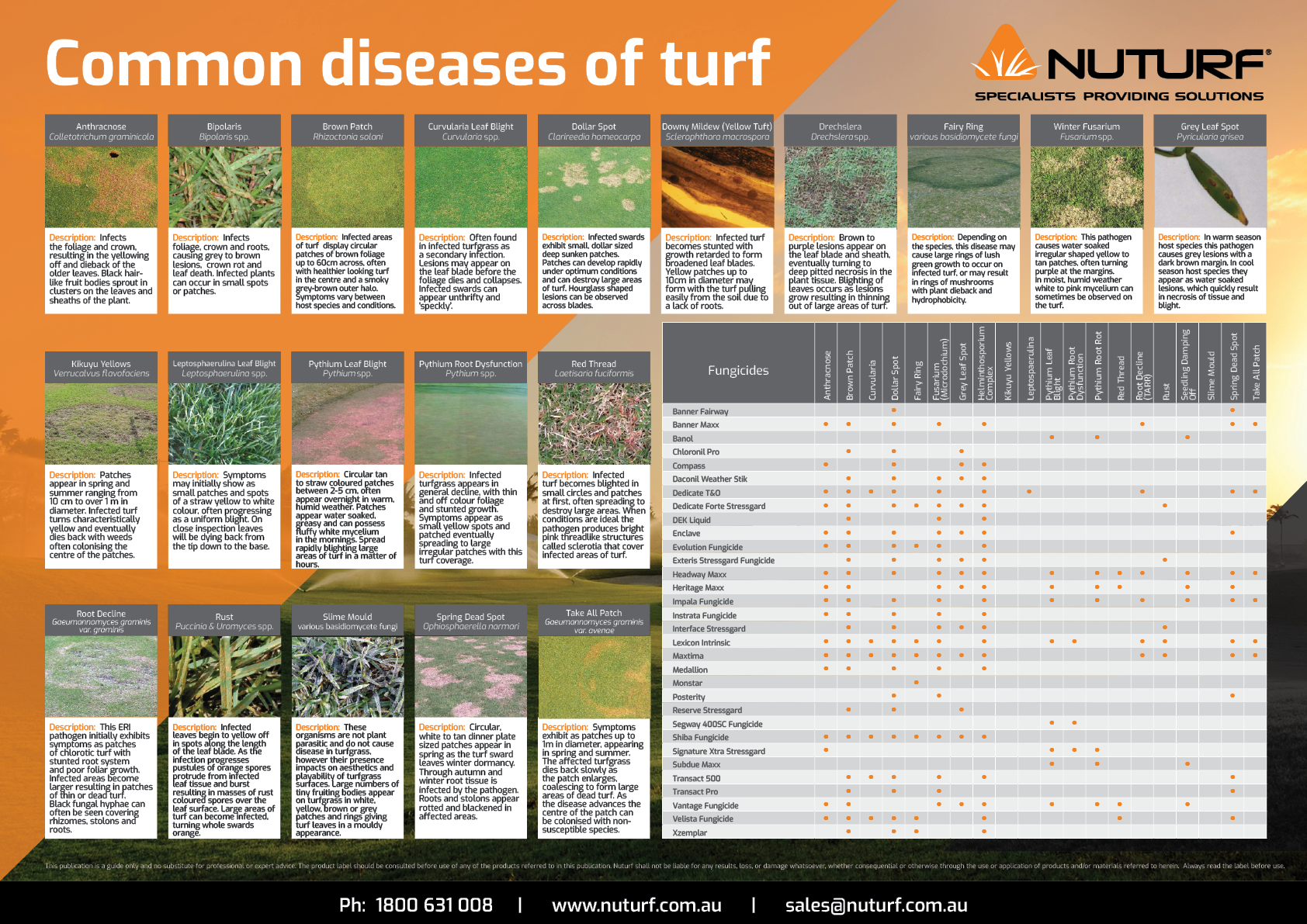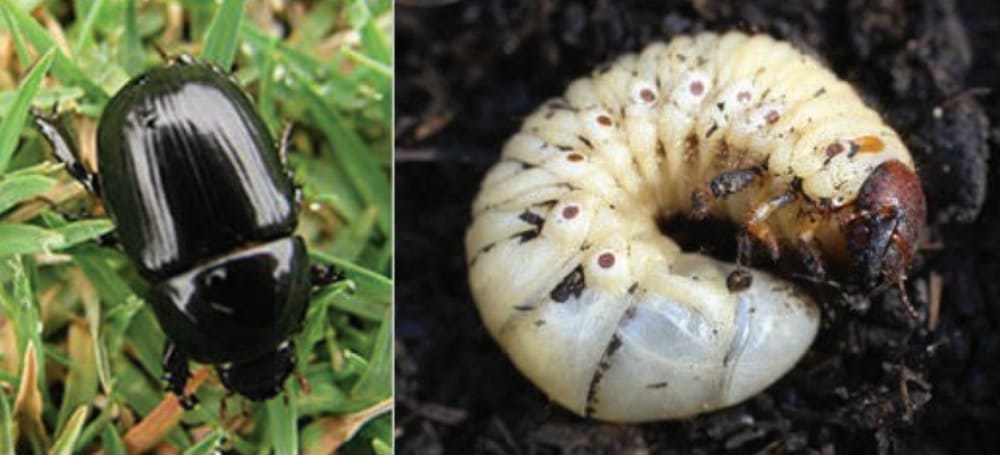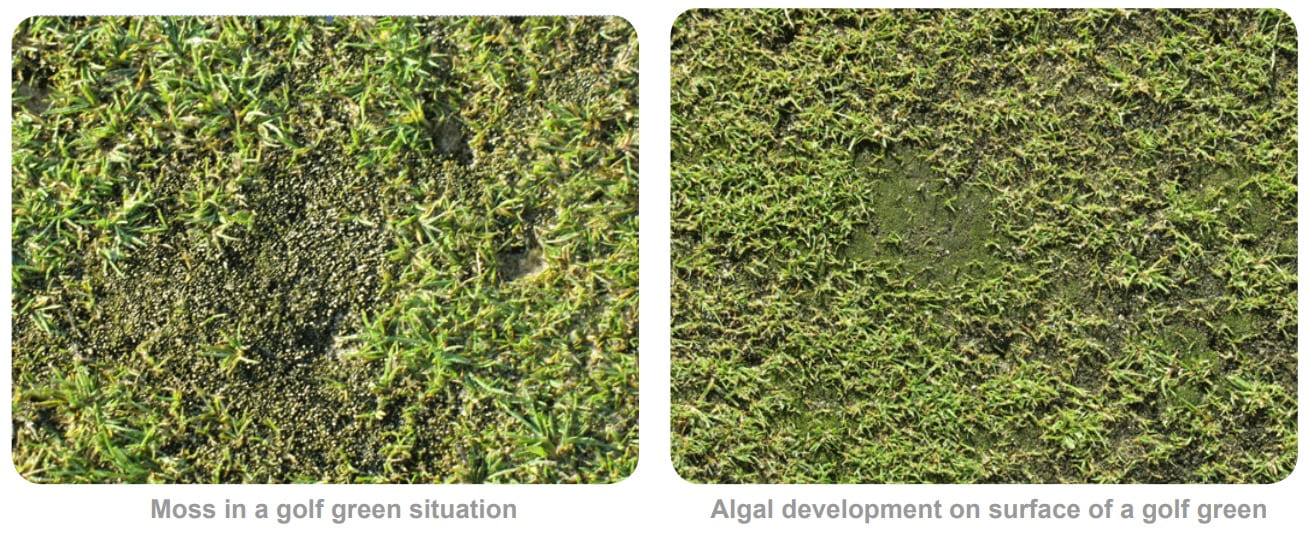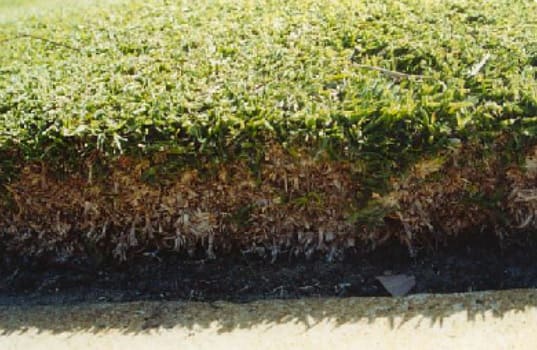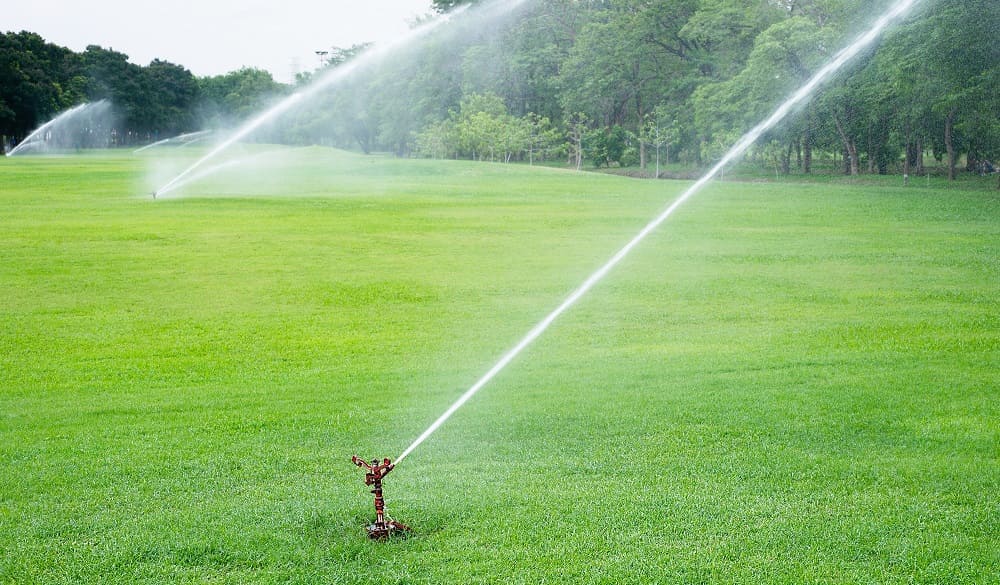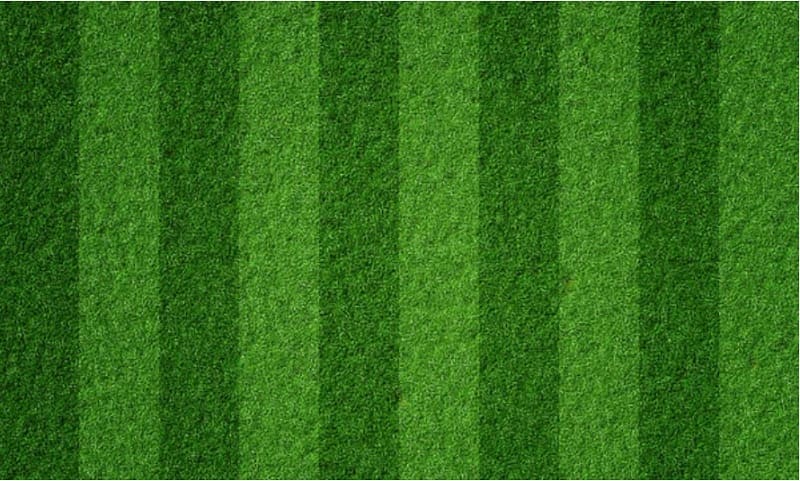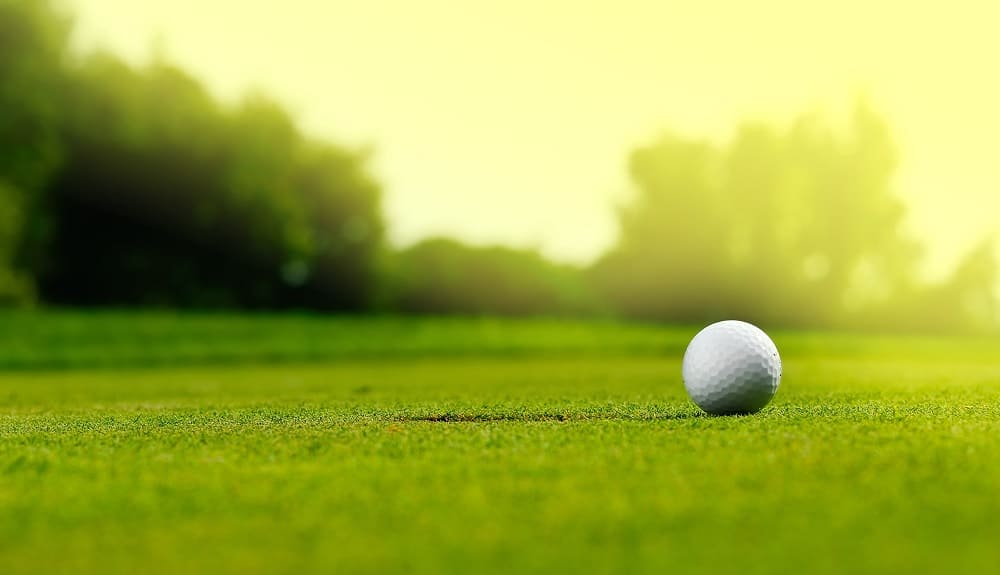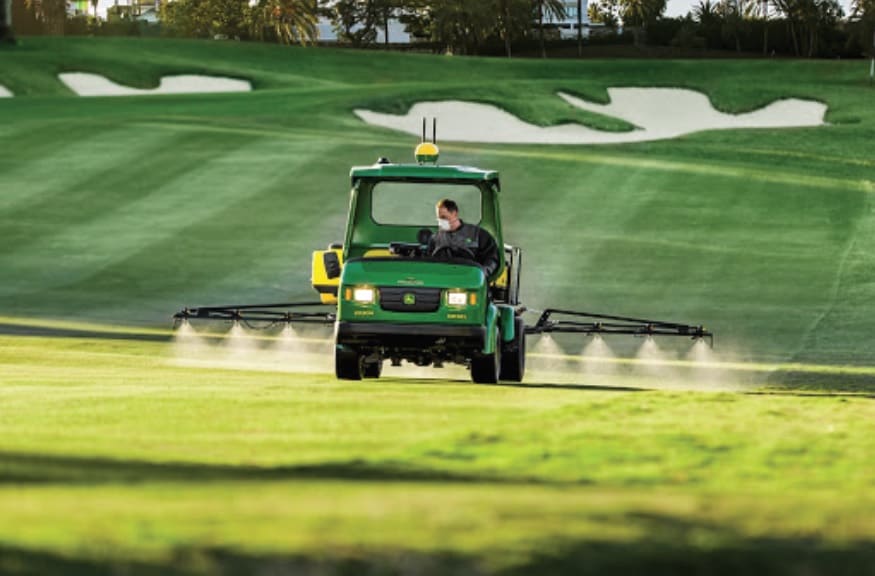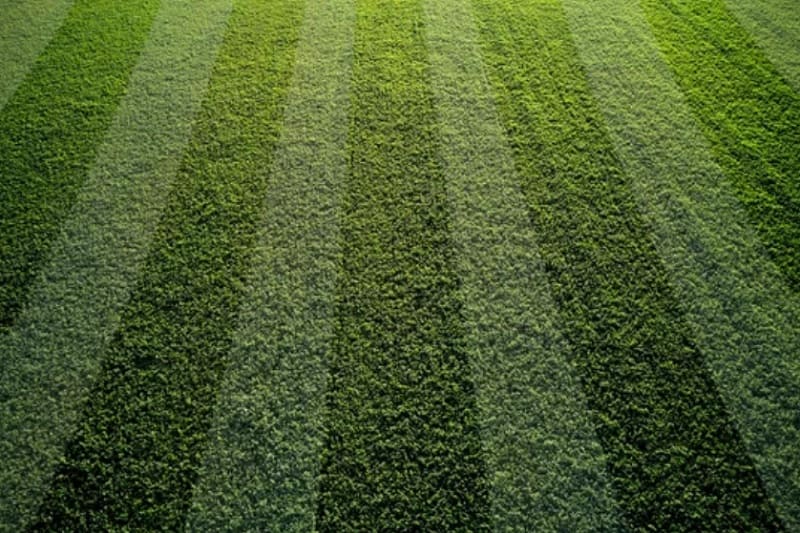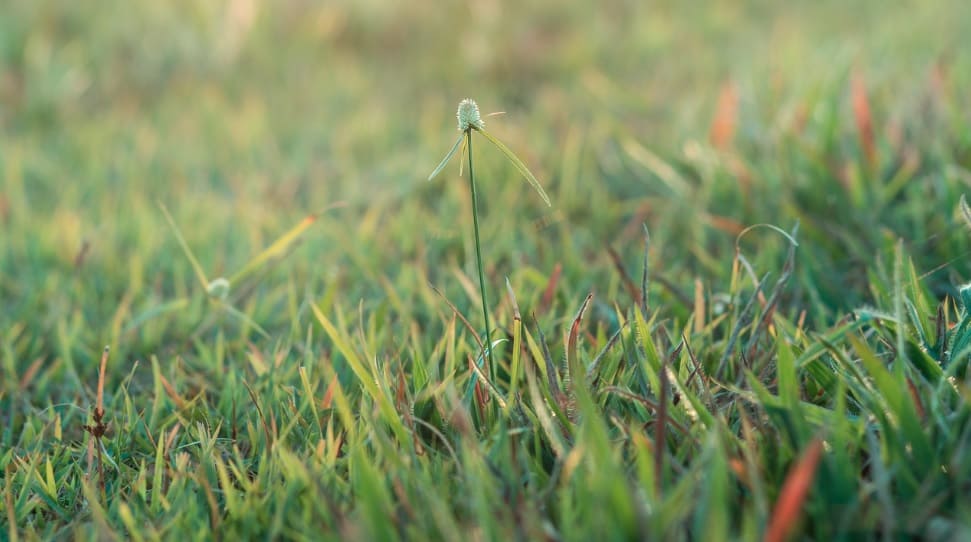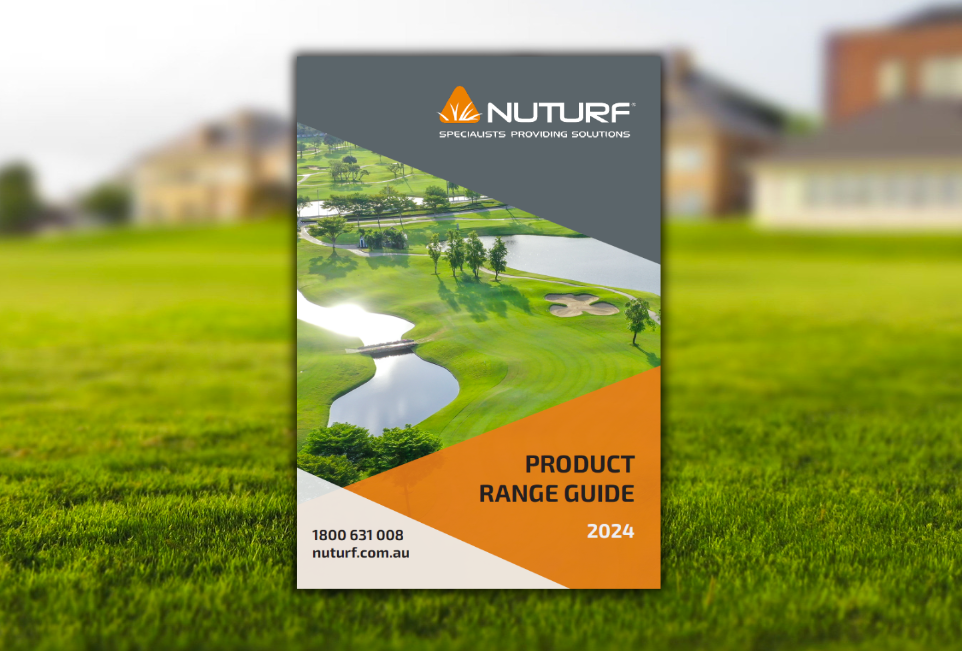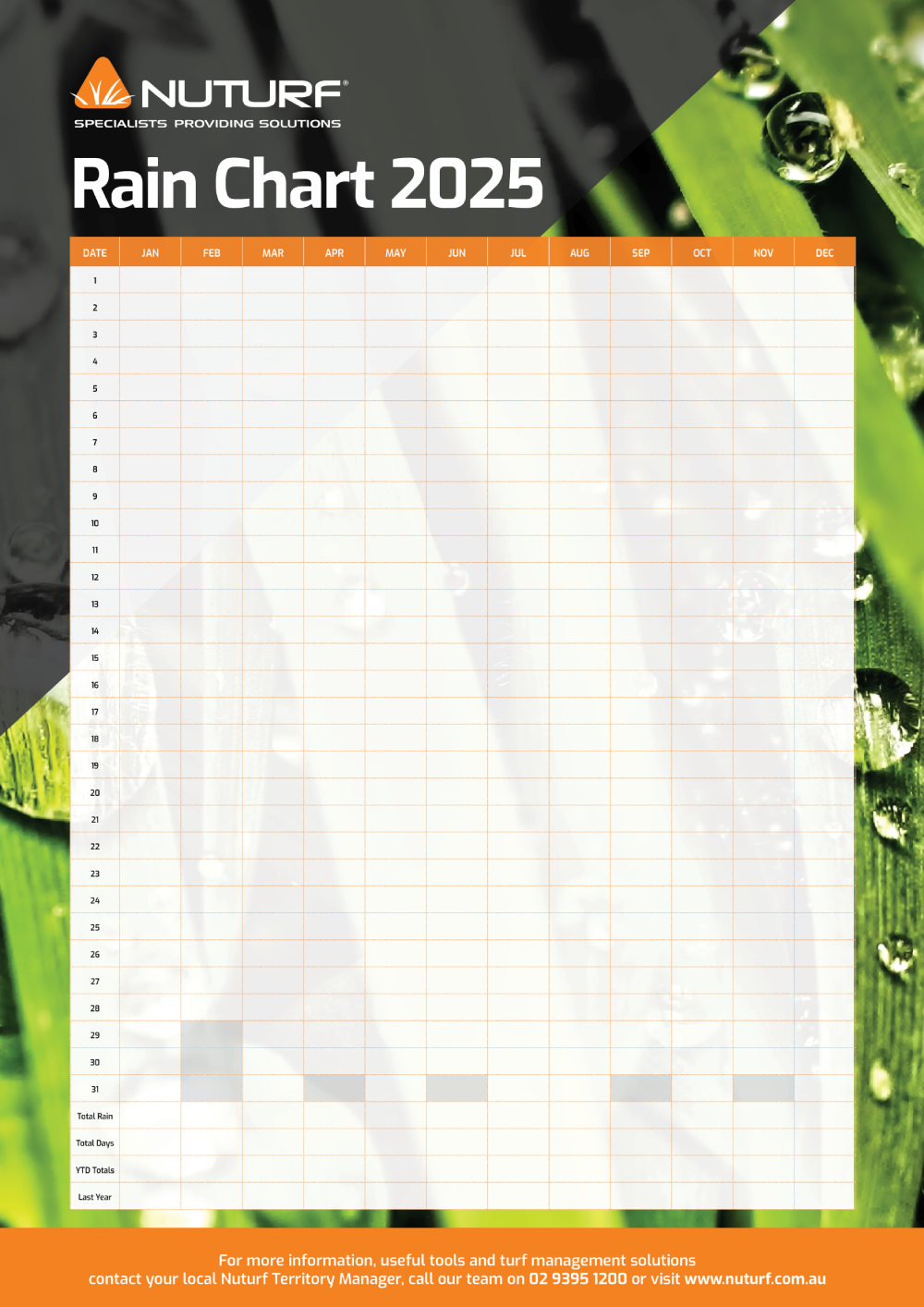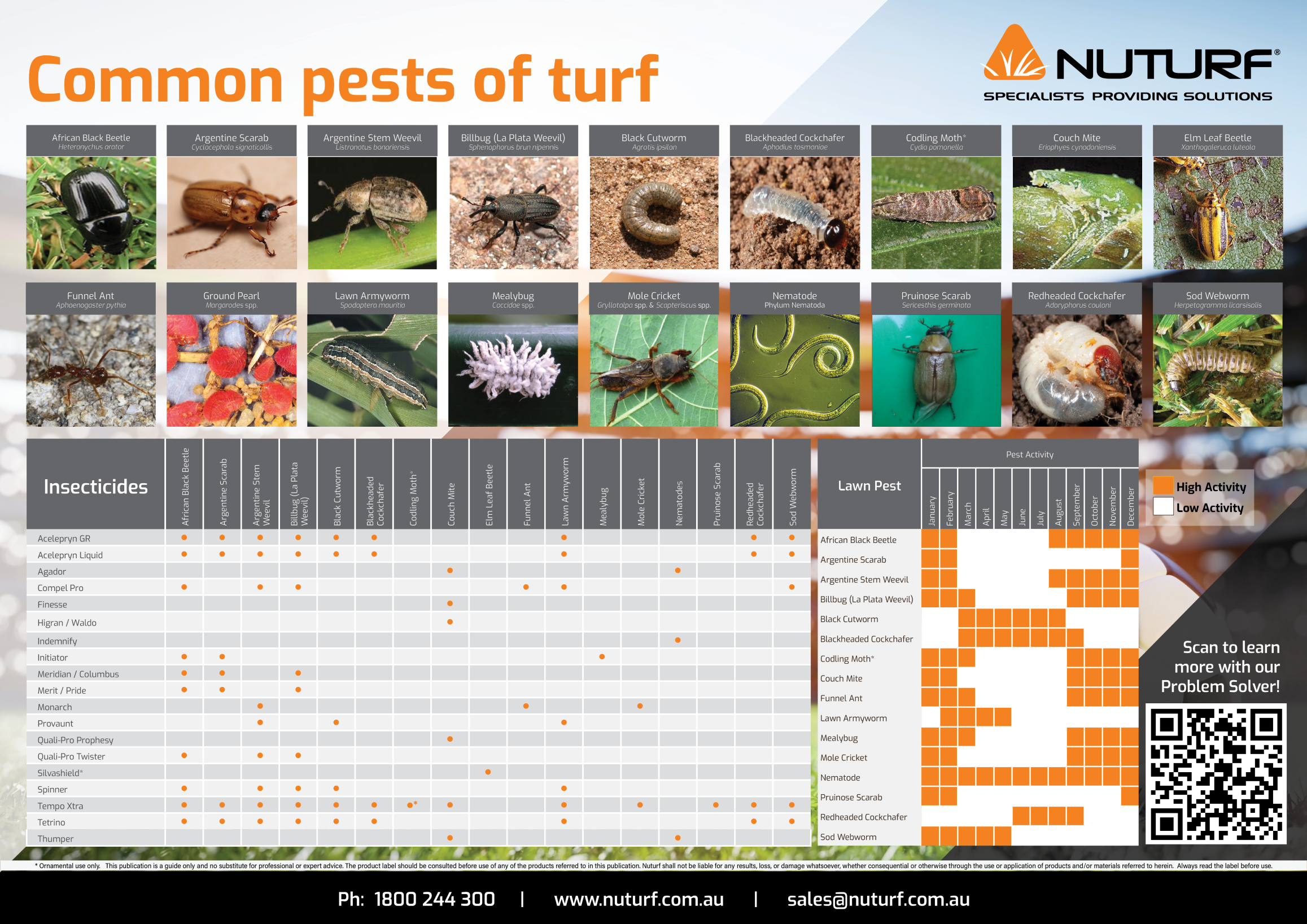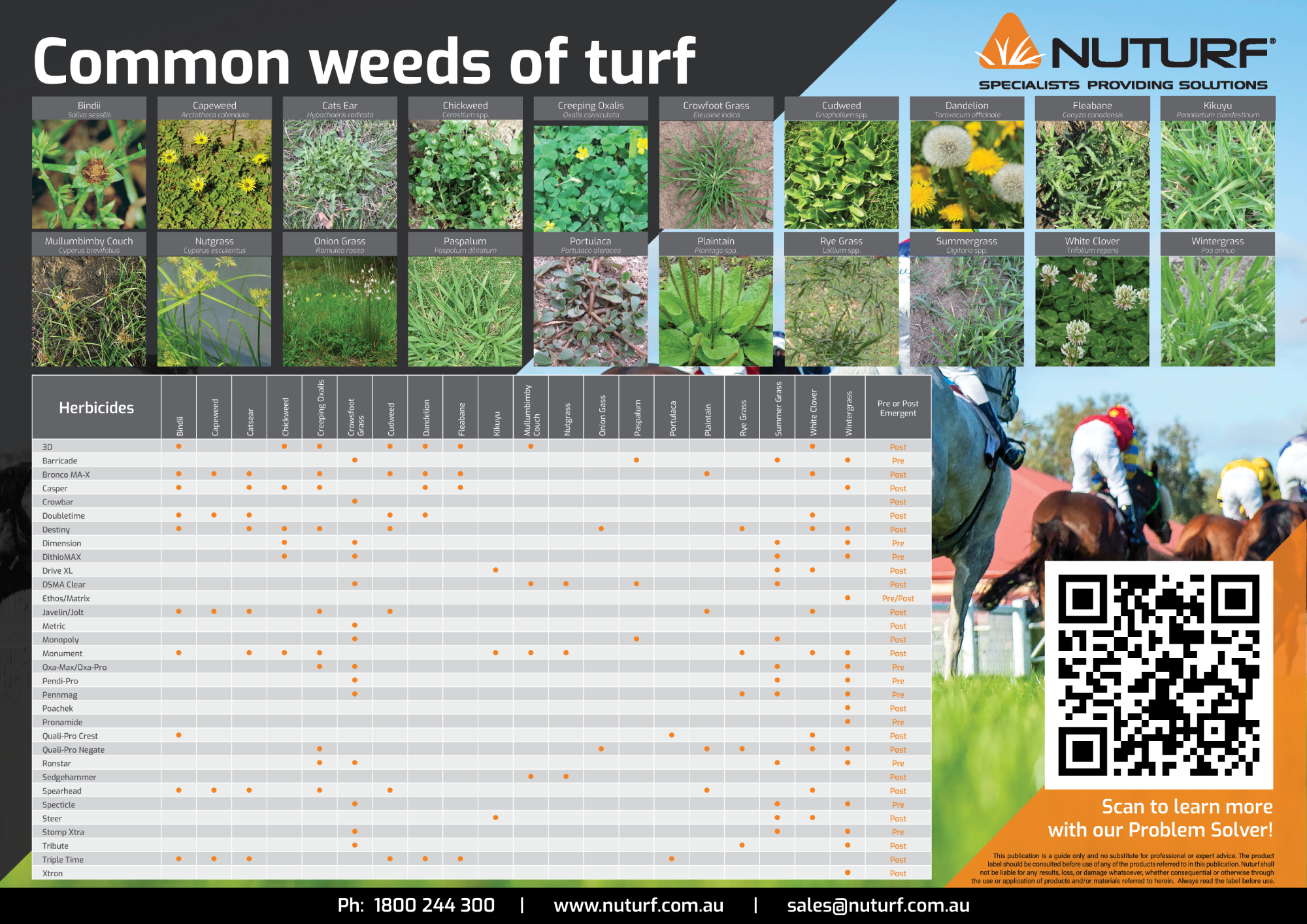Find Skilled Advice to Help You With Your Turf
Couch Mite Management: A Modern Approach
Mites love dry conditions and sites with significant irrigation limitations (especially no overhead watering) are increasingly vulnerable. Successful mite management requires adoption of a range of management options.
Pythium Awareness: Products, Practice, and Prevention
The turf management fraternity has well and truly embraced prevention as the ‘norm’. Not just for Pythium but for pests and disease more generally – atleast to the extent budgets allow. For Pythium however preventative management is the most sensible approach without doubt.
Winter Broad Leaf Weed Management for Golf Courses & Sportsfields
Broad Leaf Weeds (BLW) become an area of focus for turf managers mid winter as many have growth and development phase at this time that then results in a late winter / early spring flowering. There are many different types of broad leaf weeds – they are an impressively diverse group.
Successful Approaches to Managing Stem Weevil
Argentine Stem Weevil (ASW) management in golf is a recurring challenge for superintendents. The extent to which they are a focus differs greatly between sites and geography. The differences can actually be quite extreme, but for those sites that ASW is a problem execution of a strong management plan that has a rock solid start point is absolutely critical.
What Causes Localised Dry Spot in Greens and Management Tips
On sand-based profiles (e.g. USGA spec greens) the onset of summer can bring with it the return of Localised Dry Spot (LDS). This patchwork of inconsistent drying / wetting behavior can cause significant damage to a stable quality surface.
Understanding Soil Chemistry and Soil Structure
Whilst there are differing views on how to test, interpret, modify and support good soil chemistry there is a consensus in the turf management fraternity that the root systems we so heavily depend on need a healthy soil environment.
How To Interpret The Results Of Your Soil Test & Analysis
Knowing the physical and chemical properties of a soil is critical to the development and success of nutrient, irrigation and renovation programs.
When to Test, Assess and Amend Soil Chemistry
Annual soil testing allows us to monitor for both significant and subtle changes in our soil chemistry. It is the monitoring, data archiving and review over time that allows us to amend our soils steadily, ensuring the changes we initiate are based in evidence and as much as possible occur at speeds and in ways nature cooperates with.
How to Remove Rye from Over Sown Sportsfields
Perennial rye grass has become the seeded grass of choice due to its rapid establishment abilities, high presentation quality, wear management assistance, and an impressive durability from late summer establishment, through winter and an ability to go well into spring with the right care.
An Autumn Application Approach to Spring Dead Spot
Spring Dead Spot (SDS) of couch grass is a member of the Ectotrophic Root Infecting group of fungi. The ERI group covers a number of additional diseases commonly seen on intensively managed turf such as couch grass decline and take all patch but symptom expression and host specificity allow separation to discrete diseases.
The Pros and Cons of Oversowing Your Turf
The art of oversowing turf seed is being mastered by more technicians every year however the potential issues from oversowing need to be understood to ensure the challenges can be catered for and overcome.
Downloadable Guide: Common Diseases of Turf
A downloadable chart of some of the most common diseases found in turf. A handy guide for any Australian turf manager.
Managing Algae in Irrigation Dams
When it comes to managing water bodies, staying on top of things is vital. Through proactive management approach, dams can be kept largely algae free allowing them to function to their full potential.
How to Control Grubs In Spring: Solutions That Get Results
Controlling grubs is a standard issue a turf manager gears up for each spring. Not because they want to – but because they have to. This is a predictably recurrent group of pests for which running the gauntlet hoping for a season of mild pest pressure probably isn’t worth it.
Managing Lepidoptera Grubs In Late Summer & Autumn
Great attention gets paid to grub control at the start of spring with a view to all summer management through either a single or split application strategy. However, very late summer and into autumn often gets overlooked and this is when a different pest can turn up in great number.
New Ways to Manage Spring Poa
Poa annua has shown itself to be highly genetically plastic. Its ability to change its genetic composition in response to different selective pressures is truly impressive.
Pythium Awareness: Products, Practice, and Prevention
The turf management fraternity has well and truly embraced prevention as the ‘norm’. Not just for Pythium but for pests and disease more generally – atleast to the extent budgets allow. For Pythium however preventative management is the most sensible approach without doubt.
Couch Mite Management: A Modern Approach
Mites love dry conditions and sites with significant irrigation limitations (especially no overhead watering) are increasingly vulnerable. Successful mite management requires adoption of a range of management options.
Winter Broad Leaf Weed Management for Golf Courses & Sportsfields
Broad Leaf Weeds (BLW) become an area of focus for turf managers mid winter as many have growth and development phase at this time that then results in a late winter / early spring flowering. There are many different types of broad leaf weeds – they are an impressively diverse group.
Successful Approaches to Managing Stem Weevil
Argentine Stem Weevil (ASW) management in golf is a recurring challenge for superintendents. The extent to which they are a focus differs greatly between sites and geography. The differences can actually be quite extreme, but for those sites that ASW is a problem execution of a strong management plan that has a rock solid start point is absolutely critical.
What Causes Localised Dry Spot in Greens and Management Tips
On sand-based profiles (e.g. USGA spec greens) the onset of summer can bring with it the return of Localised Dry Spot (LDS). This patchwork of inconsistent drying / wetting behavior can cause significant damage to a stable quality surface.
An Autumn Application Approach to Spring Dead Spot
Spring Dead Spot (SDS) of couch grass is a member of the Ectotrophic Root Infecting group of fungi. The ERI group covers a number of additional diseases commonly seen on intensively managed turf such as couch grass decline and take all patch but symptom expression and host specificity allow separation to discrete diseases.
How to Control Algae and Moss in Turf Management
The most appropriate method for algae and moss control is by improving turf growing conditions, so that excess moisture is limited. This can be undertaken in most circumstances by improving the drainage capacity of the soil. Increasing air movement and improving irrigation scheduling can also help in the reduction of algae and moss incidence.
Managing Thatch: How Thatch Can Affect Disease Development
Thatch plays an important role in turf where it protects turfgrass crowns and leaves from the shearing action of foot traffic. 1.3cm of thatch depth is considered appropriate where protection of turf from wear is concerned on greens (Couch: 2000).
Soil and Water Testing: Why Results Should be Examined Together
Annual soil and water testing are sources of important data that should form a strong part of turf management decision making. Whilst they may get periodically performed, sometimes these tests are considered independent of each other, or analysed in isolation from other relevant factors which means we can miss the opportunity to join some dots on critical interactions occurring between them.
How To Interpret The Results Of Your Soil Test & Analysis
Knowing the physical and chemical properties of a soil is critical to the development and success of nutrient, irrigation and renovation programs.
Understanding Soil Chemistry and Soil Structure
Whilst there are differing views on how to test, interpret, modify and support good soil chemistry there is a consensus in the turf management fraternity that the root systems we so heavily depend on need a healthy soil environment.
When to Test, Assess and Amend Soil Chemistry
Annual soil testing allows us to monitor for both significant and subtle changes in our soil chemistry. It is the monitoring, data archiving and review over time that allows us to amend our soils steadily, ensuring the changes we initiate are based in evidence and as much as possible occur at speeds and in ways nature cooperates with.
Understanding Soil Constraints in Turf Management
Achieving healthy soil and turf requires a focus on the combination of biological processes, chemical interactions, and physical characteristics. These three factors depend on each other to work effectively, and any imbalances can eventually lead to the challenges we face daily such as disease, nutritional deficiencies, and poor drainage.
Managing Soil Compaction in Sportsfields
High surface activity in the form of human (ground staff, players) or machinery and equipment (mowers, carts, etc.) traffic has a major impact on compaction.
Fix Turf Soil Compaction with Stamina Relieve
Soil compaction is a reduction in pore space due to a consolidation of the solid phase, resulting in increased density and reduced porosity. The consolidation of the soil generally occurs when downwards pressure is placed on the turf surface.
How To Determine Nutrient Requirements From Soil Tests
While the soil analysis itself is important, it is the correct interpretation of the results that leads to improvement of soil conditions, in turn resulting in a healthy turfgrass plant. Nuturf’s soil analysis provides the customer with an important tool, offering the flexibility to interpret the results using the method most suited to the specific soil conditions, or simply according to the customer’s personal preferences.
Oversowing Warm Season Turf: Establishment Program Essentials
With increasing demands on both presentation and surface integrity the option of employing a two grass system on many of our sports surfaces is becoming more popular.
How to Nurture Oversown Sportsfields
Three factors that can make a big difference in sustaining and optimizing your rye through the winter months is the selection and deployment of nutrition, plant protection and regulation – and the combination thereof.
How to Remove Rye from Over Sown Sportsfields
Perennial rye grass has become the seeded grass of choice due to its rapid establishment abilities, high presentation quality, wear management assistance, and an impressive durability from late summer establishment, through winter and an ability to go well into spring with the right care.
The Pros and Cons of Oversowing Your Turf
The art of oversowing turf seed is being mastered by more technicians every year however the potential issues from oversowing need to be understood to ensure the challenges can be catered for and overcome.
Pylex Herbicide: Calibration Tips from Nuturf
Pylex is an innovative herbicide that offers control of warm-season grass and broadleaf weeds in cool-season turf with exceptional efficacy. Accuracy during the application process for Pylex is critical and will have an impact on the efficacy of the chemistry, and the results you achieve.
Will Peat-Based Fertilisers Change the Game?
New fertiliser technologies are emerging for Australian turf managers as we spring into the upcoming growing season. Among them, one of the fertilisers changing the game in turf nutrition is peat-based nutrition.
Managing Soil Moisture: The Evolution of Wetting Agents
The use of wetting agents has become common practice across the turf management industry as we are driven by a combination of environmental factors and player expectations. As scarcity of water, demands to reduce water usage, changing climatic conditions, and incidences of dry patch affecting surface playability become rising concerns, Australian turf managers are seeking further solutions.
Irrigation Water Quality: Summer Issues and Watch Outs
In summer, downpours from storms help dams catch on-site water but often are ‘shandied’ with alternate sources to maintain supply and site viability. For this reason monitoring and management of water quality over time is vitally important.
Golf Course Autumn Renovations: Strobilurin and potassium
The autumn renovations often involve a whole suite of actions, amendments and applications, but for this note we will look at two complementary (albeit quite independent) tools in particular – the use of strobilurin fungicides as a key protection measure and the use of potassium both at renovation and beyond renovation.
Selecting Fungicides for Prevention Without Regulation
The triazoles in combination with the strobilurins have formed the backbone of many fungicide programs on golf courses for many years but there has always been an element of caution around triazole use mid summer.
Understanding Foliar Fertilisation In Turf Management
Foliar fertilization is the application of products to foliar or above ground plant parts as a pathway for the uptake of nutrition. It has certainly been more widely adopted (or maybe we should say fine tuned) in the last decade or so but is by no means new.
Understanding Biostimulants: An Overview Of The Major Groups
Applying a biostimulant, regardless of its nature or source, seeks to confer a favourable plant response – either in growth, some sort of stress tolerance or quality attribute.
A Pre and Post Christmas Chemistry Plan For High Value Turf
A strong chemistry combination to deal with health protection prior to and during the Christmas period is an Azoxystrobin / Lexicon two step approach.
How to Protect Your Turf During the Summer Holiday Period
At the end of each calendar year we have our Christmas / New Year holiday period. In particular that period is a time where we try to take a breath, enjoy some festivities and relax the mind if we can.
Spring Renovations For Warm Season Turf
In late winter our spring renovation plans start coming together. We are watching forecasts, monitoring air and soil temperatures and determining the order of tasks. We are assessing winter wear, considering how resilient and responsive we think our turf will be to determine the extent of renovation that is appropriate for the turf we have, or no longer have, whichever the case may be.
How to Plan a Pre-Emergent Herbicide Strategy
When planning a pre emergent herbicide strategy for warm season turf is it important there is a clear understanding of what level of cover the turf currently has, therefore what level of recovery is required during spring, and finally based on the first two what products and application approach are most appropriate given the weed species you have identified as needing management.
Nuturf Product Range Guide 2024
Check out our range guide to learn more about Nuturf, the products available across key categories, and product specifications.
Downloadable Chart: Nuturf Rain Chart 2025
A downloadable rain chart to help you track the level of rainfall in a daily 2023 calendar. A handy tool for any Australian turf manager.
Downloadable Guide: Common Diseases of Turf
A downloadable chart of some of the most common diseases found in turf. A handy guide for any Australian turf manager.
Downloadable Guide: Common Pests of Turf
A downloadable chart of some of the most common pests found in turf. A handy guide for any Australian turf manager.
Downloadable Guide: Common Weeds of Turf
A downloadable chart of some of the most common weeds found in turf. A handy guide for any Australian turf manager.

